When it comes to choosing between the Canon EOS M3 and the Canon EOS M6, it can be a daunting task! With so many features and functions to consider, it’s hard to know which one is the right fit for your photography needs. However, with this guide, you can easily compare and contrast the two cameras side-by-side to make an informed decision. It will discuss Canon EOS M3 vs. Canon EOS M6 specs, price points, user reviews and more to help you reach the best possible conclusion for your equipment.
DSLR vs. mirrorless camera: which is best?
When it comes to digital cameras, there are two main types to choose from: DSLR and mirrorless. So how do you decide which is the best choice for you?

Mirrorless cameras, on the other hand, don’t have the mirror system like DSLRs do. Instead, they use an electronic viewfinder or “EVF” to preview the image before you take it. One of the main advantages of using a mirrorless camera is that they are usually lighter and more compact, so they’re great for travel and street photography. They also come with features like autofocus and wireless control which make them attractive to photographers looking for convenience.
Ultimately, when deciding between a DSLR or mirrorless camera you should consider your needs and preferences. If you’re a professional photographer who values image quality and shooting speed, then a DSLR may be the best option for you. Alternatively, if you want something lightweight to take on your travels or street photography hobby, then a mirrorless camera could be the perfect choice [1].
Canon EOS M3 vs. Canon EOS M6: features to compare
Sensor
The Canon EOS M3, a highly capable camera, is equipped with a 22.3 megapixel APS-C CMOS sensor, allowing for exceptional image quality. On the other hand, the Canon EOS M6 boasts a slightly higher resolution with its 24.2 megapixel APS-C CMOS sensor, which can capture even more intricate details in photos. While both sensors excel in providing excellent image quality, it is worth noting that the M6 may offer a slight advantage in terms of low-light performance and high ISO noise levels. With its higher megapixel count, photographers can expect to achieve stunning levels of detail and clarity in their shots.
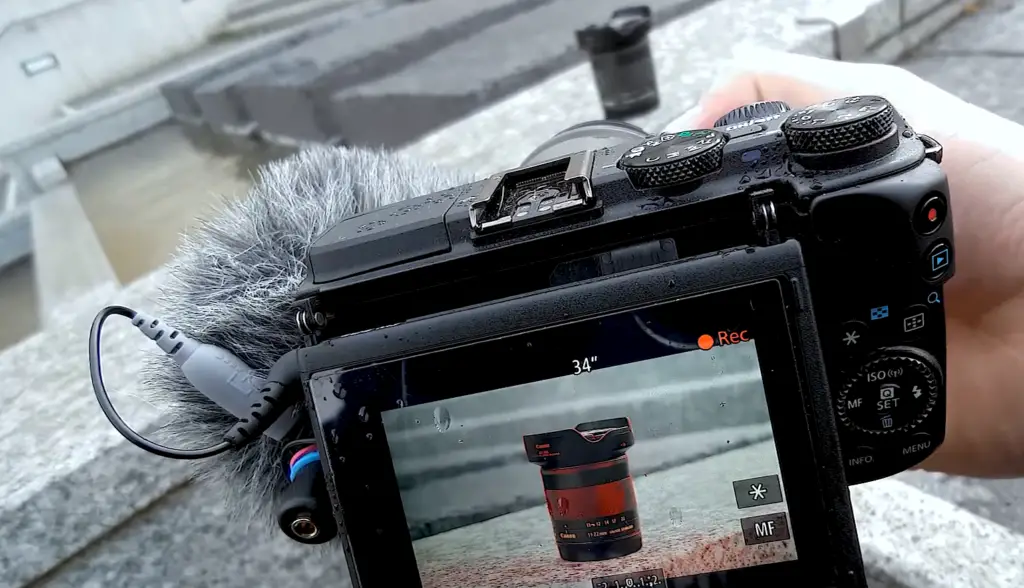
ISO Sensitivity
The Canon EOS M3 features an ISO sensitivity range from 100 to 12,800, providing excellent performance in various lighting conditions. On the other hand, the M6 offers an even wider range, reaching a maximum ISO sensitivity of 25,600. This expanded range allows users to confidently capture sharp and detailed images, even in challenging low-light situations or during nighttime photography. With the higher ISO sensitivity of the M6, photographers can conveniently shoot handheld without the need for a tripod or additional stabilizing tools, ensuring greater flexibility and convenience in their creative pursuits.
Autofocus System
Both Canon cameras, the M3 and the M6, come with advanced autofocus systems. While the M3 boasts 49 autofocus points, the M6 takes it up a notch with an impressive 81-point AF system. This additional 32-point advantage of the M6’s autofocus system empowers professional photographers to achieve even more precise and accurate focusing in a diverse range of shooting scenarios. Whether it’s capturing fast-moving subjects or ensuring optimal clarity in challenging conditions, the M6 proves to be the preferred choice for those seeking unparalleled performance and top-notch results.
Video Recording Capabilities
The M3 is capable of recording Full HD 1080p video at up to 30fps. The M6 has an advantage in this department as it can record 4K UHD videos at 24 or 25fps. This is a great advantage for videographers who require higher resolutions and frame rates to produce cinematic-quality videos. Both cameras are also equipped with an external microphone jack, allowing users to improve audio quality if needed. The M6 also offers a headphone jack that allows users to preview audio while recording or monitoring playback. This is a great feature for those who value audio quality and need the extra control and precision that audio monitoring offers.
Processor and Image Stabilization
The Canon EOS M3 is equipped with a DIGIC 6 processor, while the M6 features an upgraded DIGIC 7 processor. This ensures that the M6 offers faster performance in terms of autofocus speed and image processing. In addition, the M6 also provides Built-in 5-axis Image Stabilization,which can help to reduce camera shake and ensure sharper images even when shooting in low-light or handheld conditions. This is a great feature for photographers who need an extra edge in capturing sharp, blur-free photos.
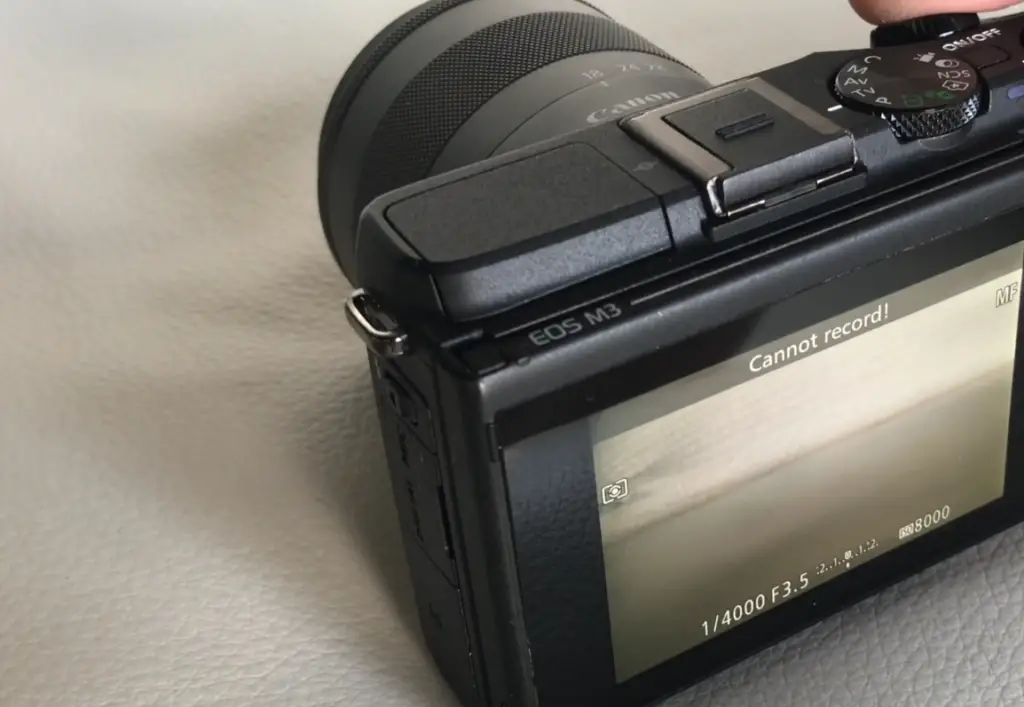
Screen and Viewfinder
The M3 has a 3-inch LCD touchscreen with 1,040K dots of resolution. The M6 also features the same-sized display but with an upgraded resolution of 1,620K dots. This higher pixel count allows users to enjoy greater detail when framing and reviewing their shots on the camera’s screen. For those who prefer composing their photos through an optical viewfinder, the M6 offers a 2.36-million dot electronic viewfinder that promises better resolution and clarity than its predecessor’s. This ensures that photographers who prefer to shoot with the camera held up to their eye can still benefit from the high image quality offered by the M6.
Connectivity
The Canon EOS M3 is equipped with built-in Wi-Fi and NFC connectivity, allowing users to quickly transfer photos and videos to compatible devices. The M6 takes it a step further by also featuring Bluetooth, making it easier for customers to stay connected and share their photos in an instant. Furthermore, both cameras come with USB 2.0 ports for charging the camera or transferring files directly from the camera to a computer.
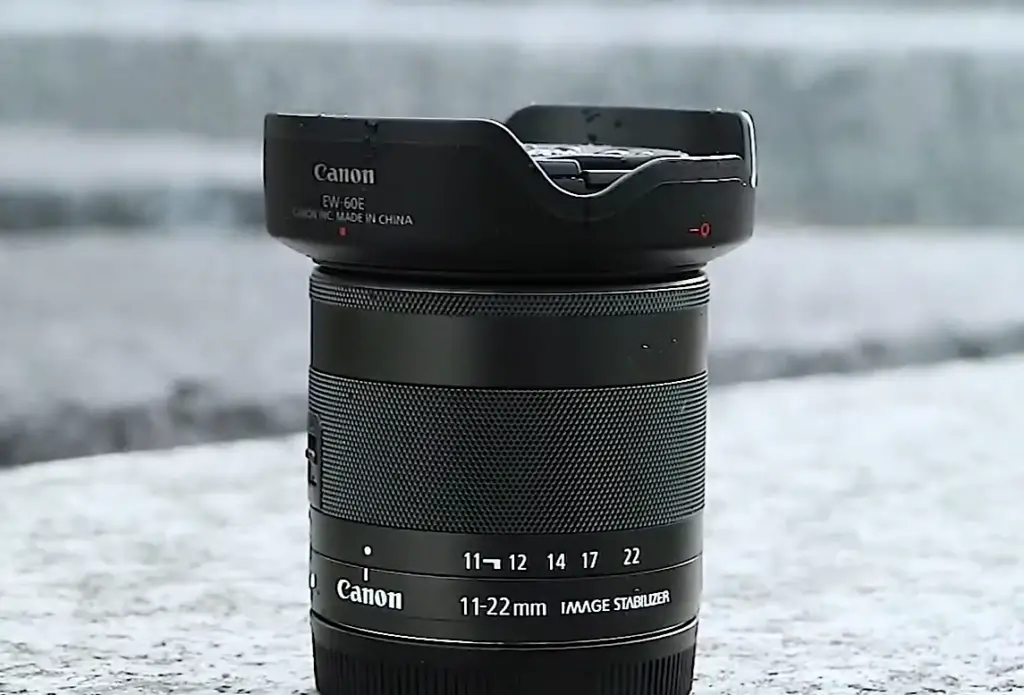
Price and Availability
The Canon EOS M3, a popular mirrorless camera, is currently available in the market for around $599. With its compact design and advanced features, it has become a go-to choice for photography enthusiasts. On the other hand, the Canon EOS M6, priced at an estimated $779, offers even more versatility and performance, making it a preferred option for professional photographers. Both cameras can be conveniently purchased from a wide range of retailers and online platforms, ensuring that customers can easily find and acquire the camera that best suits their needs and preferences.
Frame Rate and Video Quality
The Canon EOS M3 is capable of recording Full HD 1080p video at up to 30fps, while the M6 can capture 4K UHD videos at up to 25fps. This higher resolution and frame rate allows filmmakers to create cinematic-quality videos with sharp details and vivid colors. In addition, both cameras offer a maximum bit rate of 128 Mbps, which is essential for capturing videos of the highest quality.
Furthermore, both cameras come with an external microphone jack, allowing users to improve audio quality if needed. The M6 also offers a headphone jack that allows users to preview audio while recording or monitoring playback – providing added convenience and control to videographers who need precise sound performance.
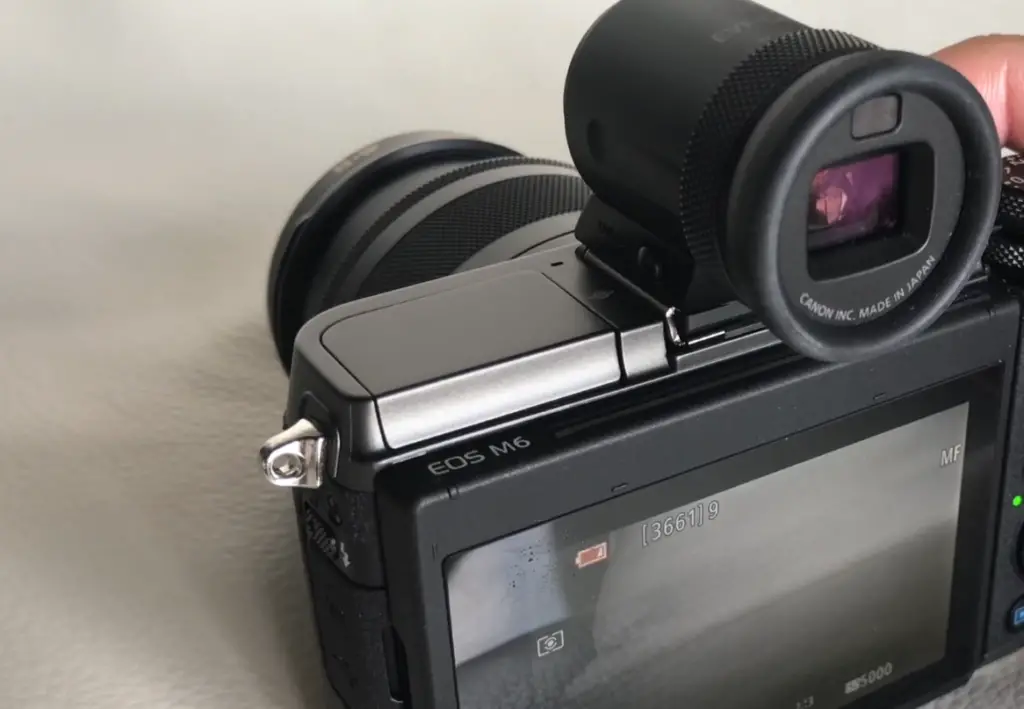
Battery Life
The Canon EOS M3 and the M6 both feature an LP-E17 battery, which provides up to 250 shots per charge. This is great for photographers who need to capture lengthy shooting sessions without having to worry about running out of juice mid-way. In addition, the cameras also support USB charging, allowing users to conveniently top up their devices even when they are on the go. This ensures that photographers can always remain connected and be ready to capture their moment of inspiration without worrying about battery life [2].
What camera to choose for landscape photography?
When it comes to landscape photography, there is no one-size-fits-all camera. Each photographer’s needs and preferences are unique. However, Canon cameras have long been a popular choice for this type of photography because they offer great-quality images and many features that can make your job easier. Here we will compare two of the top Canon models: the EOS80D and the EOS 5D Mark IV.
When it comes to features, both cameras offer a wide array of choices that can help you get the best shot. The 80D has an impressive 45-point autofocus system, which means you can keep your subject in sharp focus even when they’re moving quickly. It also has built-in Wi-Fi, making it easier to share photos on the go.
The 5D Mark IV has a great 61-point autofocus system that allows you to capture sharp images in a variety of conditions. It also features dual-pixel CMOS AF technology for smooth and accurate focusing when using Live View mode. Additionally, it has built-in 4k video recording capabilities for capturing stunning video footage.
In terms of image quality, both cameras offer excellent results. The 80D has a 24.2-megapixel sensor that captures crisp and clear images with great detail. The 5D Mark IV has a 30.4-megapixel sensor, which offers even higher resolution for incredibly detailed photos. Both cameras also feature Canon’s Dual Pixel CMOS AF
The 80D and 5D Mark IV both offer excellent build quality. The 80D has a rugged and durable body that can withstand heavy use, while the 5D Mark IV is designed for more demanding professional use with weather sealing to protect against moisture and dust. Additionally, both cameras have full magnesium alloy bodies for added durability.
When it comes to convenience, the80D has a built-in tiltable touchscreen LCD which makes it easy to compose and review shots. The 5D Mark IV has a fixed 3.2″ LCD but does have the added advantage of an intuitive button layout that makes shooting easier.
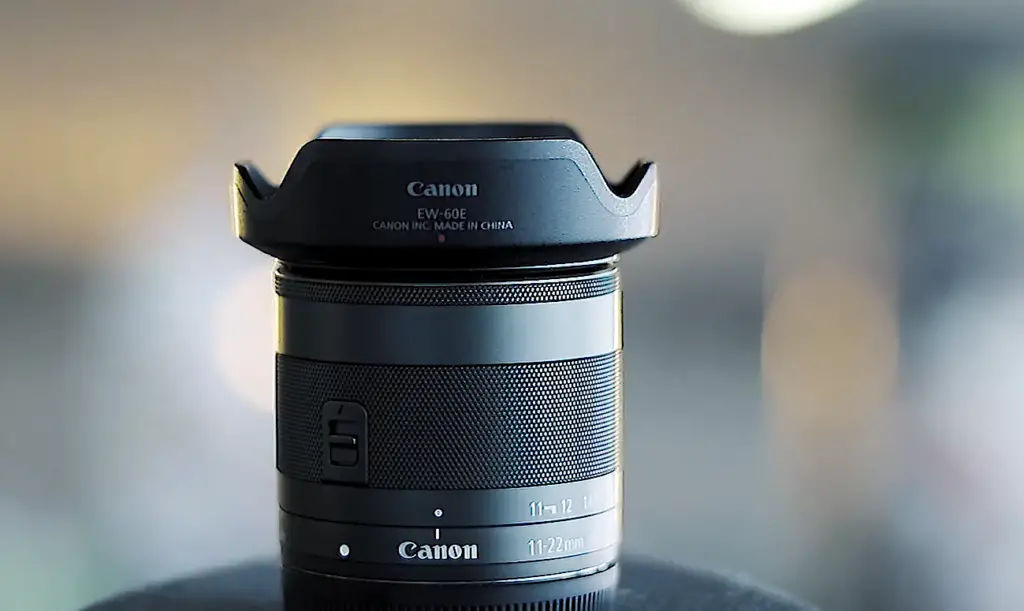
FAQ
Is the Canon M6 a good camera?
The Canon M6 is a highly regarded camera among photographers due to its quality image and video capture capabilities. It has an impressive 24.2 megapixel CMOS sensor, which helps it deliver crisp images with excellent sharpness and detail. The DIGIC 7 Image Processor enables fast performance shooting up to 9 fps in RAW format or up to 8 fps in JPEG format
The M6 also offers 4K and full HD video capture, as well as an advanced movie-making mode with various filters and effects. Additionally, it features a 3” LCD touchscreen monitor for easy image previewing and shooting. For those who want to take their photography further, the M6 is compatible with a range of Canon lenses so you can get creative.
How old is the Canon M6?
The Canon M6 was released in 2016 and has been popular with photographers since then. It boasts the same quality image and video capture capabilities as more expensive models, making it an excellent mid-level choice. The camera is lightweight and compact, making it a great option for those who want to take their photography on the go.
What is the difference between the Canon M6 and the Canon EOS R?
The Canon EOS R is a higher-end camera compared to the M6. It boasts a 30.3-megapixel CMOS sensor, allowing for incredibly detailed images. With its 4K video recording capability and dual pixel AF technology featuring 5153 AF points, the EOS R ensures precise and sharp focusing. Moreover, the EOS R comes equipped with an articulating touch LCD monitor, providing flexibility in capturing shots from various angles. Its compatibility with a wide range of Canon lenses further enhances its versatility. Whether you’re a seasoned professional or an aspiring photographer, the EOS R is an excellent choice to elevate your photography to new heights.
What types of lenses can be used with the Canon M6?
The Canon M6, a versatile camera, is fully compatible with a wide range of Canon lenses, including the popular EF-M lens series. This lens series offers an extensive selection of both fixed focal length and zoom lenses, enabling photographers to capture a diverse range of subjects, from breathtaking wide-angle landscapes to captivating close-up portraits. In addition to the EF-M lenses, the M6 is also compatible with select Canon EF and EF-S lenses, further expanding the creative possibilities for photographers. With this remarkable compatibility, the Canon M6 empowers photographers to explore and express their artistic vision in a multitude of ways.
What is the battery life of the Canon M6?
The Canon M6 boasts an impressive battery life, allowing for up to 295 shots per charge, depending on usage and settings. This makes it perfect for capturing those cherished moments during long days of shooting or extended trips when you won’t have access to an outlet. Moreover, the camera’s compatibility with LP-E17 batteries gives you the convenience of carrying a spare, ensuring that you’re never left without power and can continue capturing memories without any interruptions. With the Canon M6, you can confidently embark on your photography adventures, knowing that you have the longevity and flexibility to capture every special moment.
What is the maximum ISO for the Canon M6?
The Canon M6 is equipped with a native ISO range of 100-25600, providing exceptional low-light performance. Furthermore, it offers an extended ISO range of 51200, enabling photographers to capture stunning details in even the darkest conditions, while maintaining minimal noise or grain. This makes it a perfect choice for night photography enthusiasts looking to push the boundaries of their creativity. Additionally, the camera boasts Canon’s advanced DIGIC 7 image processor, which not only enhances image quality but also helps to further reduce noise, resulting in superior image clarity and sharpness. With the Canon M6, photographers can confidently capture breathtaking nightscapes and preserve the beauty of the nocturnal world.
Can I use Flash with the Canon M6?
Yes, you can use a compatible external flash with the Canon M6. The camera is compatible with Canon Speedlite flashes and has a built-in flash control menu that allows you to adjust the brightness, zoom, and angle of your flash. Additionally, it features an integrated Speedlite transmitter for wireless control over multiple flashes. This makes the M6 an ideal choice for those who want to explore creative lighting techniques without the need for additional equipment. With its array of features and flexibility, the CanonM6 provides photographers with the perfect tools to take their photography to new heights.
What is the successor of the Canon EOS M6?
The successor of the Canon EOS M6 is the Canon EOS M50. This camera offers improved performance, with a 24.1 megapixel CMOS sensor and DIGIC 8 Image Processor. Additionally, it boasts 4K video recording capabilities and fast autofocus speed. The M50 also has an upgraded 3” LCD touchscreen monitor and improved battery life, allowing for up to 235 shots per charge. With its improved performance and advanced features, the Canon EOS M50 is an excellent choice for those looking to take their photography to the next level. Whether you’re a beginner or a professional photographer, the M50 provides remarkable quality images in any environment.
Does Canon EOS M3 have image stabilization?
Yes, the Canon EOS M3 is equipped with a 5-axis Image Stabilization system. This advanced technology enables you to capture blur-free photos and videos in any situation. Whether you’re shooting handheld or mounting your camera on a tripod, the M3’s image stabilization feature will ensure that your images are clear and sharp. Additionally, this powerful system allows you to capture videos with smooth, steady footage, even when shooting on the go. With its impressive image stabilization technology and advanced features, the Canon EOS M3 is an ideal choice for photographers looking to take their photography to new heights.
Is Canon M6 4K?
No, the Canon M6 is not a 4K camera. However, it does record Full HD video at up to 60 fps and features a fast autofocus system that provides smooth transitions from one subject to another. Additionally, its powerful image processor ensures excellent color accuracy and sharp details in both stills and videos. If you require 4K recording capabilities for your photography or filmmaking needs, you may want to consider the Canon EOS M50 instead. With its 4K video recording capabilities and advanced features, the M50 is an excellent choice for creating stunning high-definition content.
Useful Video: Canon EOS M3 vs Canon EOS M6 – Tubenoob
Conclusion Paragraph
Canon EOS M3 or Canon EOS M6? Both cameras are great options for photographers of all skill levels. The Canon EOS M3 is an excellent choice for those looking for a compact and lightweight mirrorless camera with plenty of features. It offers great image quality, fast autofocus and good battery life. On the other hand, the Canon EOS M6 is an ideal solution if you need more control over your photography. It has a larger sensor and more manual controls as well as full weather sealing, making it a great choice for those who need to shoot in challenging conditions. Ultimately, both cameras are outstanding buys and will provide you with amazing results.
References
- https://www.tomsguide.com/face-off/dslr-vs-mirrorless-cameras
- https://versus.com/en/canon-eos-m3-vs-canon-eos-m6






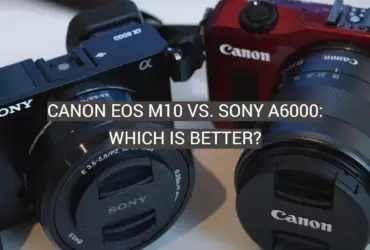

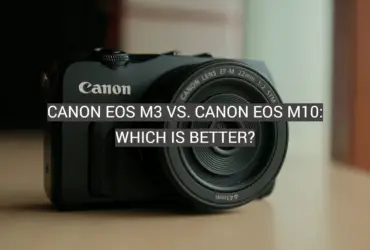

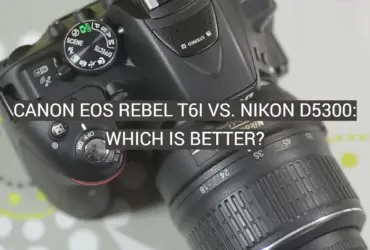
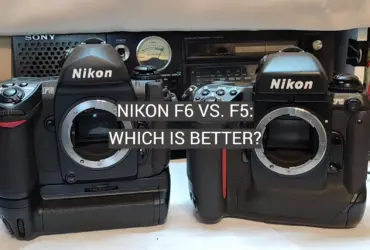
Leave a Reply